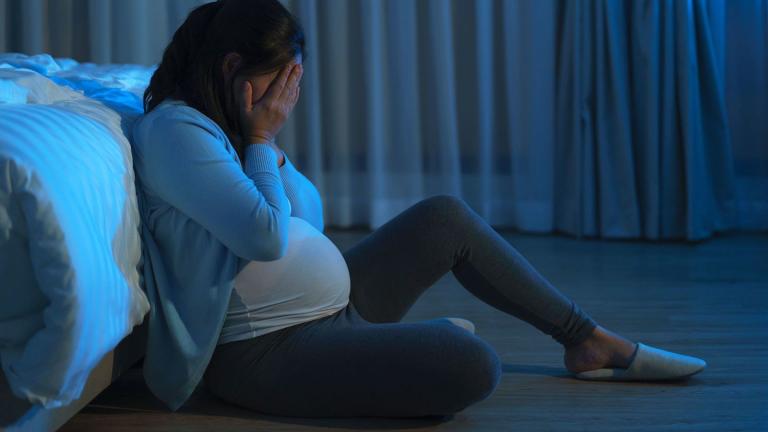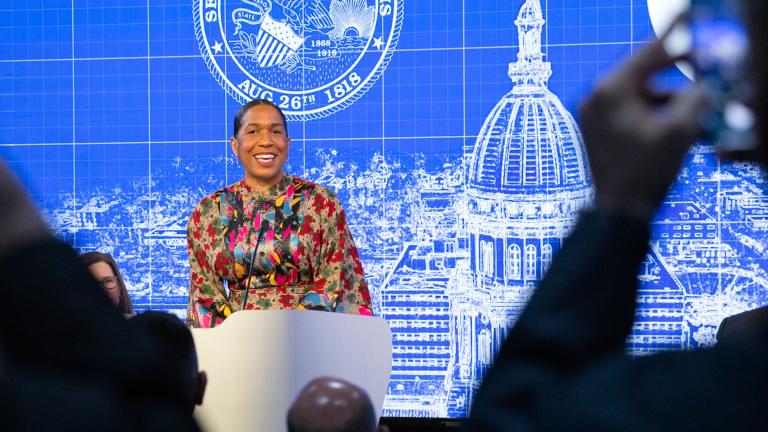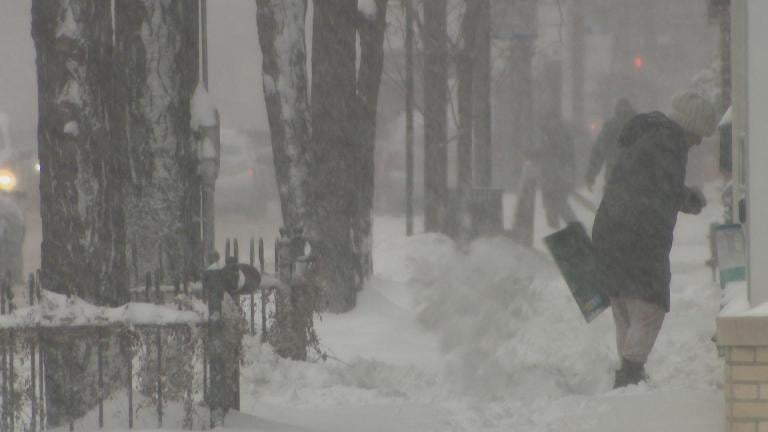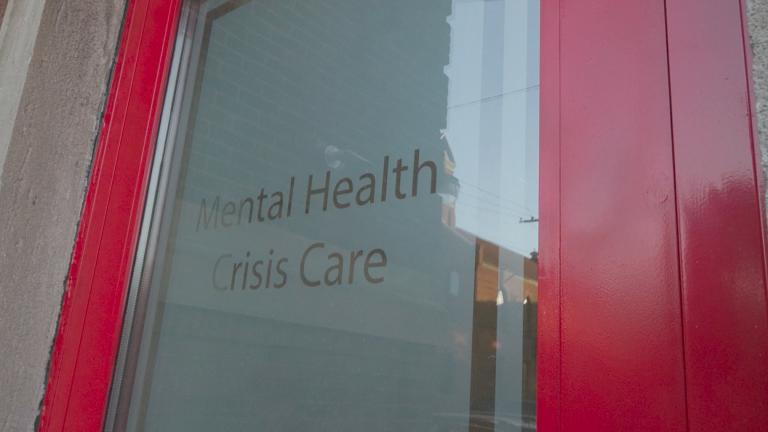One year ago, the World Health Organization declared the spread of the COVID-19 virus a global pandemic.
With that announcement the whole world changed. Widespread anxiety induced by the pandemic and mitigation measures requiring social isolation have taken their toll.
But now, as the pace of the vaccine rollout quickens, many people who have been fortunate enough to work from home for much of the past year are experiencing a new anxiety: the fear of returning to work.
Dr. Aderonke Pederson, a mental health specialist at Northwestern University’s Feinberg School of Medicine, says that given the disruption the pandemic has caused in so many people’s lives, and the length of time it has lasted, it is natural for people to have concerns about returning to work.
“We’ve had a change of routine, at least to some degree, for most people for over a year now. I think it’s very expected that people will have some hesitation around what it looks like to return to work or school,” said Pederson. She also noted that public health and government messaging has emphasized that home is the safest place for people to be throughout the pandemic, so it is to be expected that many people feel anxious about returning to the workplace.
However, Pederson said that the reasons for that anxiety may be varied. Some people may have simply got used to a new way of doing things and may be reluctant to return to the way things were.
“But for some people it is very practical things,” said Pederson. “Even after being vaccinated there are still fears that patients might express” about what a return to the workplace could mean if they have underlying health issues.
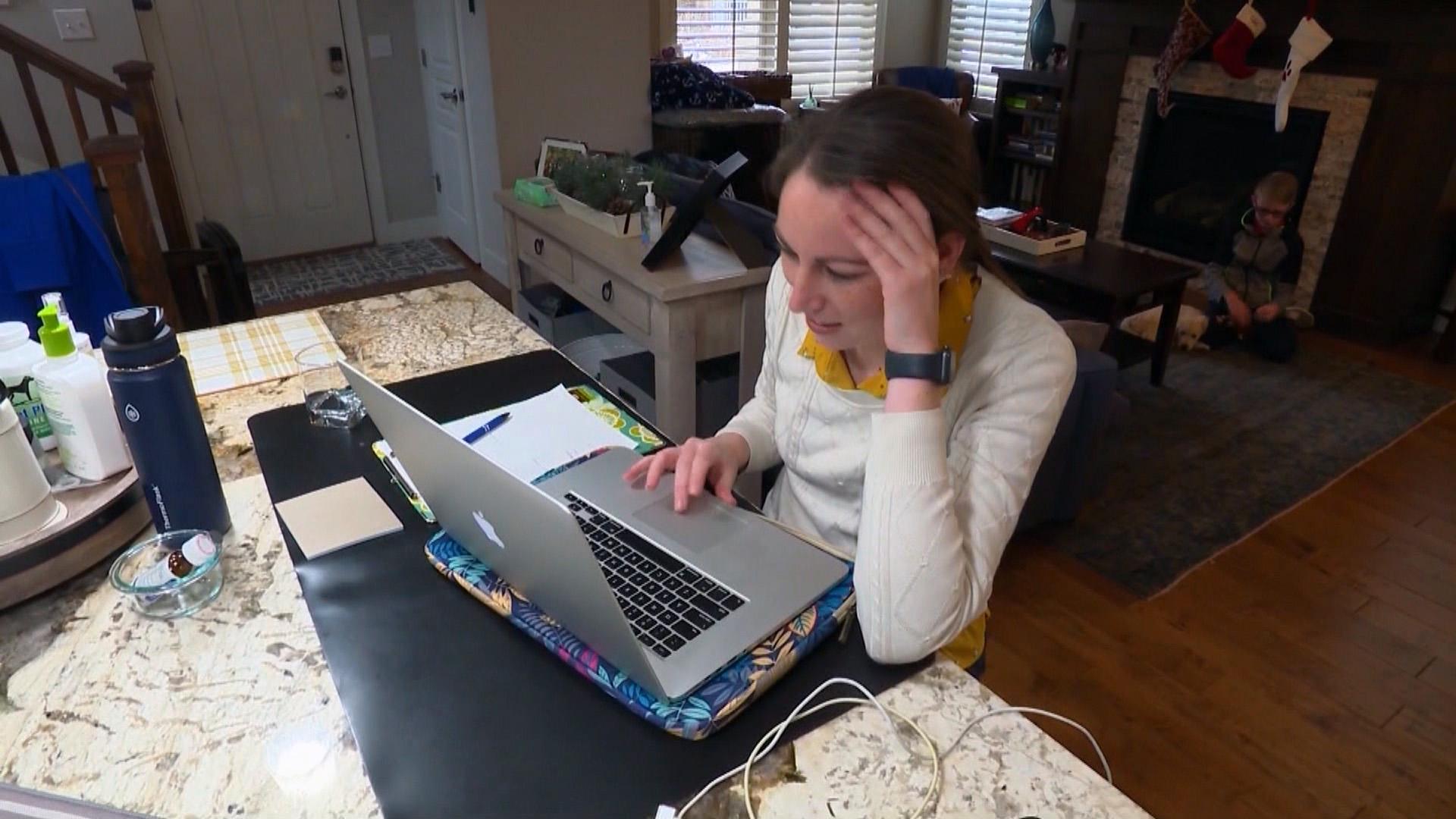 (WTTW News)
(WTTW News)
“So, even though my logic and intellect tell me it’s fine I still might not feel comfortable,” said Pederson. “I might have people around me who might choose not to get vaccinated … So I think there is a wide range of reasons why people might have some level of anxiety.”
Pederson also noted that the disproportionate impact of the coronavirus on Black and brown people, many of whom are front-line essential workers, has also taken a toll on mental health.
“When we talk about how 500,000 people have lost their lives to this virus, I like to point out that we are talking about over 500,000 families,” said Pederson. “And then when we talk about the disproportionate impact on Black and brown communities, I also like to point out that’s grieving families.”
She also noted that issues of medical distrust in communities of color and continuing stigma around mental health issues means that many people may be reluctant to reach out for the help they need.
“For various very valid reasons, including things like medical distrust that we have talked about as a society because of COVID-19, I think that there is greater stigma, and studies do show that there is greater stigma, towards mental illness in the Black community,” said Pederson. “But again, that is multi-pronged because of things like discrimination, things like medical distrust, and just feeling not fully at ease in systems that might continue and do continue to perpetuate racism.”
While some people may enjoy crowds while others do not, Pederson said that all people need some level of social interaction.
“At all levels there is a kind of universal benefit to some level of contact and social engagement, even if it is just a one-on-one interaction,” Pederson said. “Isolation affects us in so many different ways. Isolation is a symptom of depression, but it can also worsen depression. Sometimes, when we are in our feelings, thinking about so many different things, worrying about so many different things, having someone else there who you can talk to and share burdens with can be very significant.”
Pederson notes that some medical studies are finding a three-fold increase in depression since the start of the pandemic. And while working from home might have some benefits, the lack of any clear demarcation between work life and home life can also present challenges — especially if work is interspersed with home-schooling children or taking care of elderly parents.
“What ends up happening is that your brain has a harder time of understanding where’s the boundary — are we working or are we home? So that burdens us with that extra layer where we need to do more work to define that more clearly,” said Pederson.
For those people who are feeling anxious about the prospect of a return to the workplace, Pederson emphasized that such anxiety is perfectly normal and that people should be patient with themselves.
“We might not be able to go back all of a sudden to how we were doing prior to the pandemic,” said Pederson. “And so having a stepwise approach to rediscovering what normalcy looks like for us, what a normal routine looks like for us and for those around us. I think it’s important for employers to have that in mind as they’re making plans to have people return to work.”
Pederson also extolled the benefits of exercise and good sleep on mental health and also recommends that people take time to reflect on the events of the past year and the impact it’s had on them and others.
“This is a good time to practice things like journaling,” said Pederson. “We are living through probably the most significant moment in history for this particular generation. Walking away from that and saying, ‘Well that was interesting’ is not ideal. So, this is a good time to journal. If you like to practice mindfulness techniques it’s a good time to do that and being in tune to how your body is feeling. And then continuing to slowly adapt to what socialization looks like for you and for your family, and then what it looks like for you in your workspace.”


